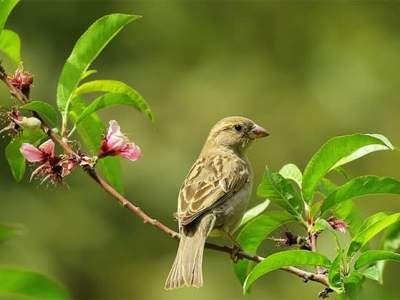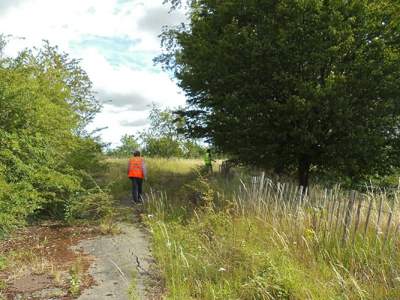
Liverpool residential property case study
If you’re a keen nature-lover like our client Janet, read on the learn how Japanese knotweed harms other species.

In summer, the waxy green shoots of Mare's tail develop into fir tree like plants that can grow up to 60 cm high.
In spring, Mare's tail (also known as horsetail) will have light brown stems that look similar to asparagus, and can grow to approximately 20-50 cm high. They have small cones atop which produce spores.
Mare's tail is a perennial that will return every year if not controlled appropriately. It has deep roots and is very invasive. Infestation may appear as a result of distribution of spores by the wind, or from the large rhizomes the plant has that spread to neighbouring land.
Though it prefers damper conditions, Mare's tail can be found in wasteland, gardens, paths, walls and patios.


Howard Downer, AKA Dr. Knotweed, has over 20 years of experience as an Environmental Consultant and is regarded by his peers as one of the most knowledgeable people in the Japanese knotweed industry.
Follow Dr. Knotweed to hear about the latest developments regarding Japanese knotweed and the implications of infestation.

If you’re a keen nature-lover like our client Janet, read on the learn how Japanese knotweed harms other species.

Mortgage lenders are reluctant to invest in land and property compromised by Japanese knotweed.

TCM had a lot to get done in a single week. The blessing was that no Japanese knotweed was found on the development site!

St Albans in Hertfordshire is a Japanese knotweed hotspot, so TCM were called to the development site to eradicate the plant once and for all.